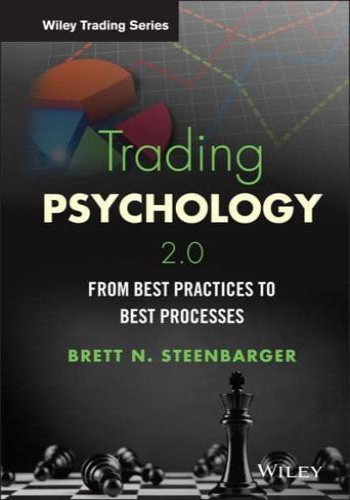Practical trading psychology insight that can be put to work today
Trading Psychology 2.0 is a comprehensive guide to applying the science of psychology to the art of trading. Veteran trading psychologist and bestselling author Brett Steenbarger offers critical advice and proven techniques to help interested traders better understand the markets, with practical takeaways that can be implemented immediately. Academic research is presented in an accessible, understandable, engaging way that makes it relevant for practical traders, and examples, illustrations, and case studies bring the ideas and techniques to life. Interactive features keep readers engaged and involved, including a blog offering ever-expanding content, and a Twitter feed for quick tips. Contributions from market bloggers, authors, and experts bring fresh perspectives to the topic, and Steenbarger draws upon his own experience in psychology and statistical modeling as an active trader to offer insight into the practical aspect of trading psychology.
Trading psychology is one of the few topics that are equally relevant to day traders and active investors, market makers and portfolio managers, and traders in different markets around the globe. Many firms hire trading coaches, but this book provides a coach in print, accessible 24/7 no matter what the market is doing.
- Understand the research at the core of trading psychology
- Examine the ways in which psychology is applied in real-world trading
- Implement practical tips immediately to see first-hand results
- Gain the perspective and insight of veteran traders who apply these techniques daily
While markets may differ in scale, scope, and activity, humans remain human, with all the inherent behavioral tendencies. Studying the market from the human perspective gives traders insight into how human behavior drives market behavior. Trading Psychology 2.0 gives traders an edge, with expert guidance and practical advice.






